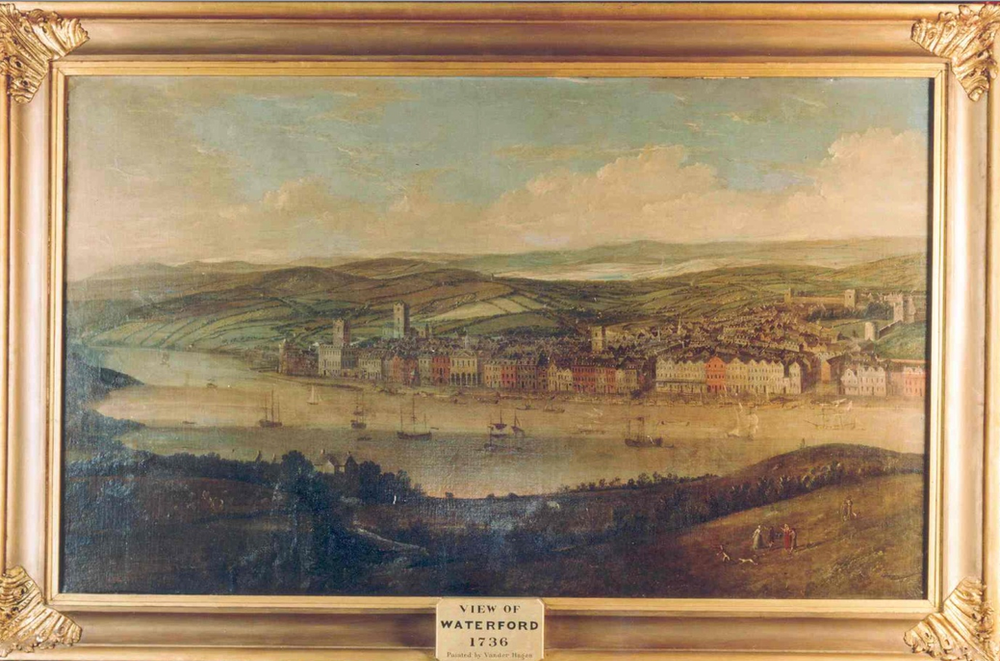
The eighteenth century is often described a period of elegance and social revolution in Ireland, where the class divides which had persisted for centuries finally started to dissolve (ever so slightly) and a Catholic middle class emerged to bring prosperity and wealth to all. Here in Waterford the eighteenth century was a period of building and advancement, with the architect John Roberts redesigning the face of the city. The Newport Bank (pre-collapse) kept the city even wealthier, with £150,000 worth of bank notes changing hands in 1808 alone – but how far did this opulence reach? Was Waterford an ideal home for everyone? Not exactly….

We’ve already looked at the huge famine of 1740-41, potentially more lethal than its more famous counterpart so we know that life for the poorer and wealthier classes were vastly different in this period – but what about living conditions? The grand new building like the Assembly rooms, both Cathedrals and the brand new infirmary now dotted the streets, presumably making for a beautiful home for everyone right? Not so much.
Many areas of the city were beautiful and sculpted but other inner city areas were a different story – at least if the newspapers are anything to go by. Trawling through historical newspapers can be a thankless and almost blinding task but every so often you may stumble across an article of such comedic beauty that it makes it all worth it. This oddly poetic letter produced in the Waterford Herald in March of 1792 is one such example. In it, our writer addresses the Mayor and Corporation in an effort to grab their attention about a particularly pressing issue:
“Letter ‘to the Mayor, Sheriffs & Citizens of the County & City of Waterford’, concerning waste ground situated at Peter Street, at the corner of Cook Lane, a disagreeable annoyance to those residing in its vicinity, ‘I am unfortunately one of the number, and out of the five senses which Providence has been pleased to bestow on me, two are diurnally offended by this nauseating receptacle of Filth and Uncleanliness.”
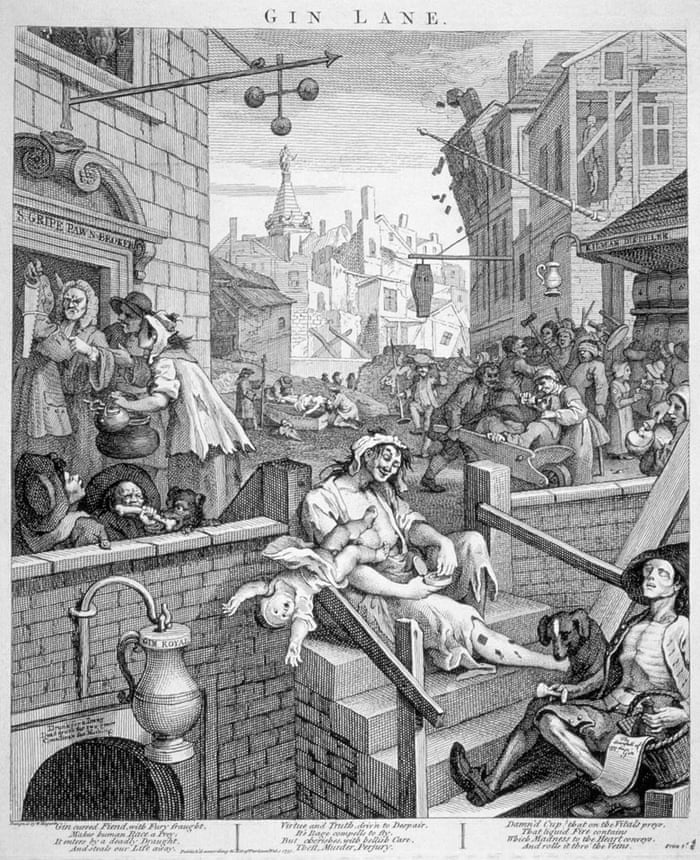
Beautiful. He continues:
“Every morning I have an opportunity of contemplating a few individuals, who, with the most intrepid effrontery, and without the least respect to decency, place their bodies in a gentle curve, for a purpose your sagacity will readily discover. Such a sight may be natural but I own it is rather unpleasant to my neighbours and myself… The fetid effluvia oozing from such a combination …accumulation of dead dogs, cats and cabbage …trust that you will banish…effects by extirpation of the cause.”
We can of course hazard a guess as to what exactly this poor man witnessed while eating his breakfast every morning, and be thankful that for all its faults, modern Waterford at least has public indecency laws. Sadly his efforts seem to have been in vain, for thirteen years later, yet another complaint is made in the local papers – this time the Waterford Mirror, about the state of Peter Street.
“Letter to ‘implore and beseech the Chief Magistrate of this city’ regarding the state of Peter Street, ‘of all the diabolical pavement that ever disgraced an opulent Corporation, it is the most horrid and abominable’ with ‘heaps of filth and dirt’ and ‘gaping cellars’. “
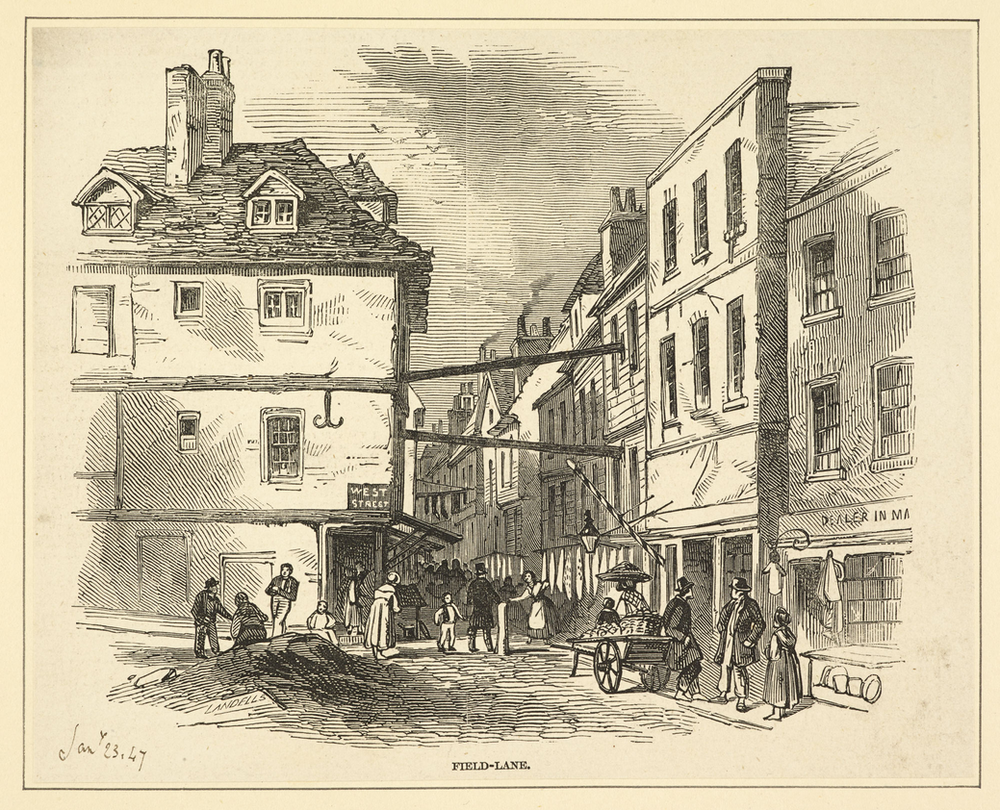
Peter Street (which of course currently sits under City Square Shopping Centre) was not always a place of urban squalor, at one point it had been a rather decent address but by the end of the eighteenth century it had degenerated to an area where tenements and their associated filth existed side by side. As was often the case there were not adequate facilities for the number of people living there – particularly those facilities which are very necessary for a large group of people living in close proximity – and as such, disease abounded.
In 1792, the very same year as our first complaint, the poorer classes of the city suffered a severe food shortage, weakening those inhabitants. In streets like Peter Street fever was so common that it was rare that the area was ever completely free of whatever dose was making the rounds. Most commonly affected were areas like: Fleury’s Lane, Gow’s Lane, Murphy’s Lane, Walsh’s Lane, Big Chapel Lane, Little Chapel Lane. The situation was so bad here that in 1799 Ireland’s first fever hospital was founded on John’s Hill to ‘contribute to the comfort and recovery of its unhappy inmates.” However its upkeep was not so well looked after and by 1813 “the present House of Recovery [was] ‘in a state so ruinous as to endanger the safety of patients and servants”.
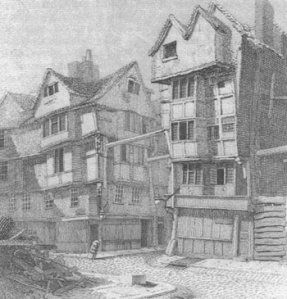
The mistake was often made in Georgian and Victorian people of assuming that the poor caused disease, that it hung over their homes like a foul miasma waiting to infect anyone who came near, in fact disease was always caused by the simple fact that the living conditions with which they were provided were prime circumstances for fast-acting illnesses like cholera and fever.
Another key issue was lighting. As the city did not have streetlights – aside from just 280 lamps spread between the parishes of Trinity, St. Olave’s and St. Michael’s – in this period and the pavements were not properly maintained, it was not uncommon for people to walk out their front door and take a tumble down the stairs, or to fall down a hole while on a leisurely evening stroll, causing sometimes severe injuries. Another local commentator wrote in 1806:
“Our correspondent ‘C’ most earnestly calls the attention of the Magistracy to the state of our streets filled with dunghills, as they are, and everywhere broken up… a clean, well swept street may bring about a contract for pork, a well paved lane may procure an order for some of our languishing manufactures… Interest, I think, may engage that attention which broken necks and legs cannot”
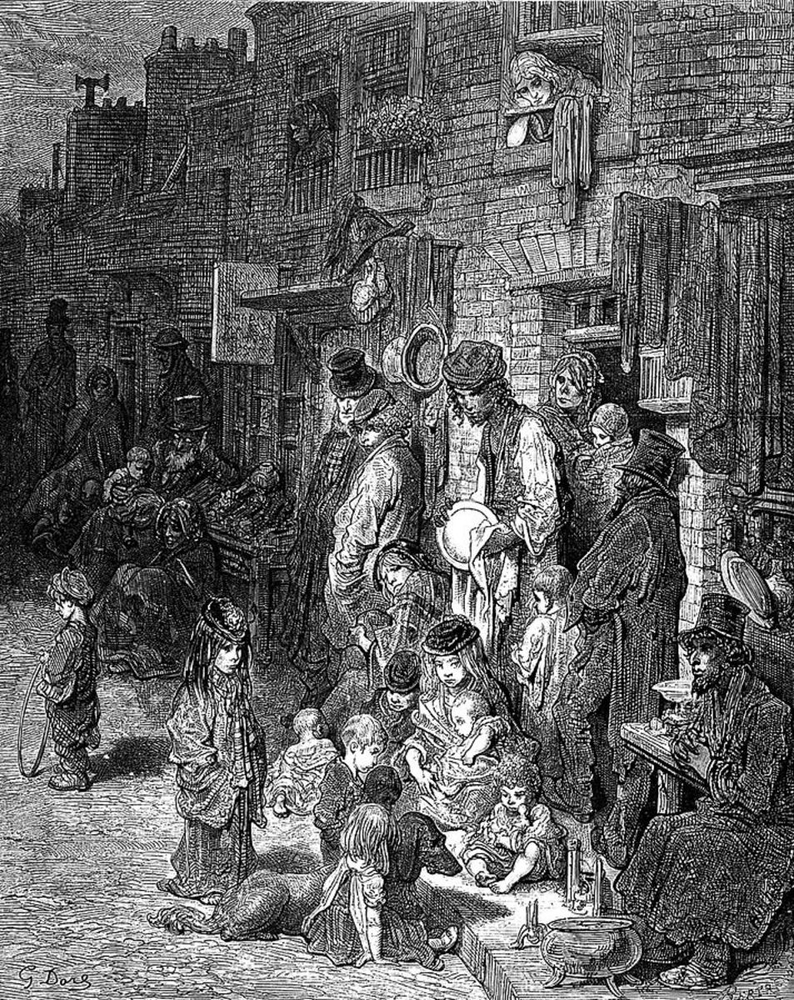
Finally a bill was brought before parliament in 1812 to regulate the cleaning and lighting of the city in an effort to put a stop to disease and injury, but it was not until 1814 that the contract is advertised in the local papers.
So, Georgian Waterford, for all its prosperity and great building projects, may not have been the elegant city many of us imagine. Would you like to have lived there?


